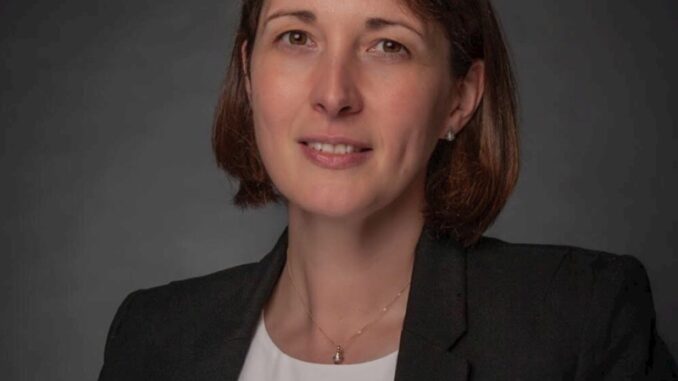
Featured in this week’s spotlight is Nessa Kavanagh, Head of IT Architecture of FBD Insurance Plc.
Kavanagh has over 25 years’ experience working in I.T and more than 17 years working in the insurance industry, in both international and national roles.
In previous roles, Kavanagh was globally responsible for the operational architecture of all transitional systems for a leading international insurance group and for the enterprise architecture of one of the largest international assistance companies.
Currently, Kavanagh is responsible for managing the IT architecture and driving the IT strategy for FBD Insurance, the largest Irish-owned general insurer.
Question: How did you get your start in the industry?
Answer: In terms of how I started working as an architect, I was assigned as a developer to an in-flight project where no architect had been assigned and that, in my opinion at least, lacked clarity about what it was going to deliver and how it was going to do it.
I started drawing some diagrams and bringing others together to discuss and before too long I had outlined an end-to-end solution architecture where there was none before.
This was something I repeated on subsequent assignments until I was eventually promoted to Technical Architect. Since then, I’ve worked as Solution Architect, Enterprise Architect and Head of Architecture and I consider that everything that has followed since then comes from that moment where I saw a gap and seized the initiative to address it.
Q: What is your current responsibility and what is your typical day like?
A: I’m responsible for the IT Architecture & IT Strategy of the largest Irish owned insurance company, FBD Insurance Plc.
My typical day usually involves many, many meetings relating to in-flight or upcoming projects. With so much focus on short to medium term delivery, I have to ensure I carve out enough time to focus on more future-facing topics such as developing our technology roadmap.
I try to manage this by front-loading my day with meetings and keep my late afternoons reserved for topics which require more deep-thinking.
Q: What do you like most about your job?
A: I get a huge amount of satisfaction from opportunities to problem solve and to deliver business value so working as an architect ticks all those boxes.
I must also mention that I am part of a great team of colleagues who share a similar mindset and attitude and I love that I learn something new from them every time we have a discussion.
Q: What trends in architecture do you anticipate for the rest of 2023 and 2024?
A: Not an architecture trend exactly, but I am really very interested in the Women In Architecture initiative and actively supporting its growth. I’ve seen studies which say that only 10-12% of technology architects are women. This lack of diversity can only decrease the effectiveness and value of our work.
Q: What is one thing we can do to support or increase the women in architecture?
A: There are some very real barriers which discourage women from taking up roles in architecture and I am not sure if we understand these well enough.
I suspect some obstacles are societal and cultural, but I believe some of the more important barriers could be related to a lack of development opportunities for women working in technology. In my case, I took an opportunity which presented itself to me but those kind of opportunities don’t turn up every day.
I think that on an organizational level, IT leaders need to first look at the pipelines of female talent coming through and ensure this is sufficiently high – if we don’t have enough women techies, we can’t possibly have enough women architects.
Secondly, most organizations have programs for personal development in place already so I think these can be specifically leveraged to create opportunities for that pipeline of female talent to be exposed to architecture activities. I would also suggest more focus on soft skill development to support future architects. Very often, I see a singular focus on technical training but so much of being a successful architect relies upon stakeholder management and leadership skills.
This is something I’m very interested to try to address both within my own organization and, since I know not every organization has sufficient scale to manage this, on a local level, through mentoring and local meetups.
